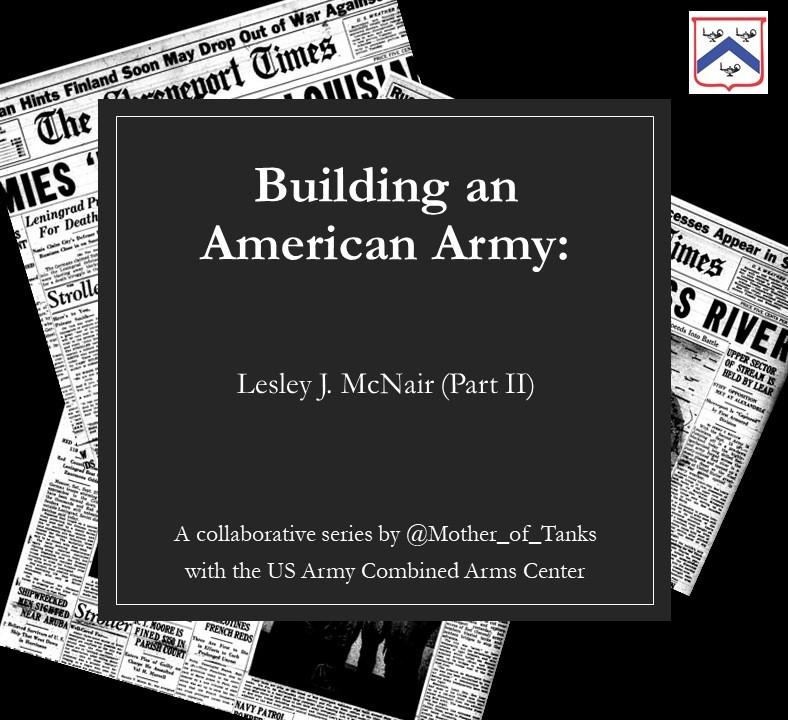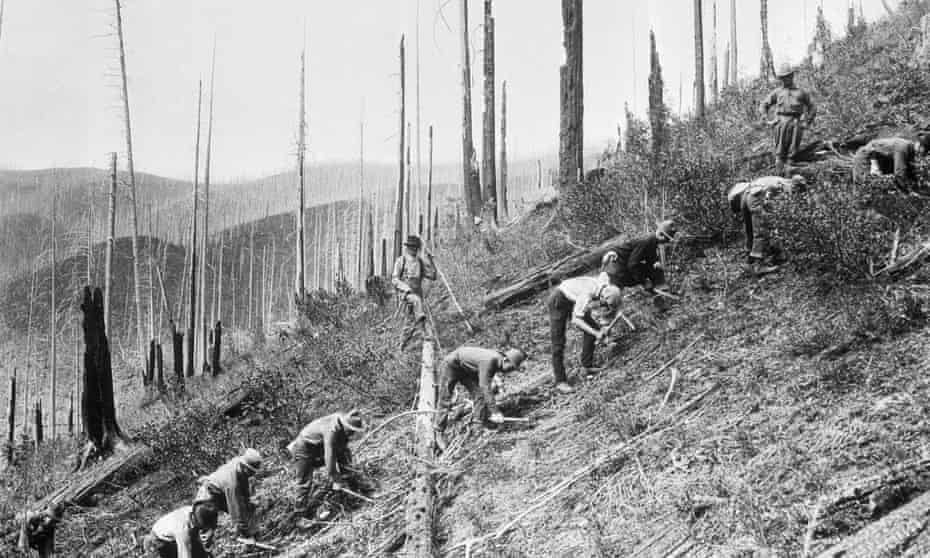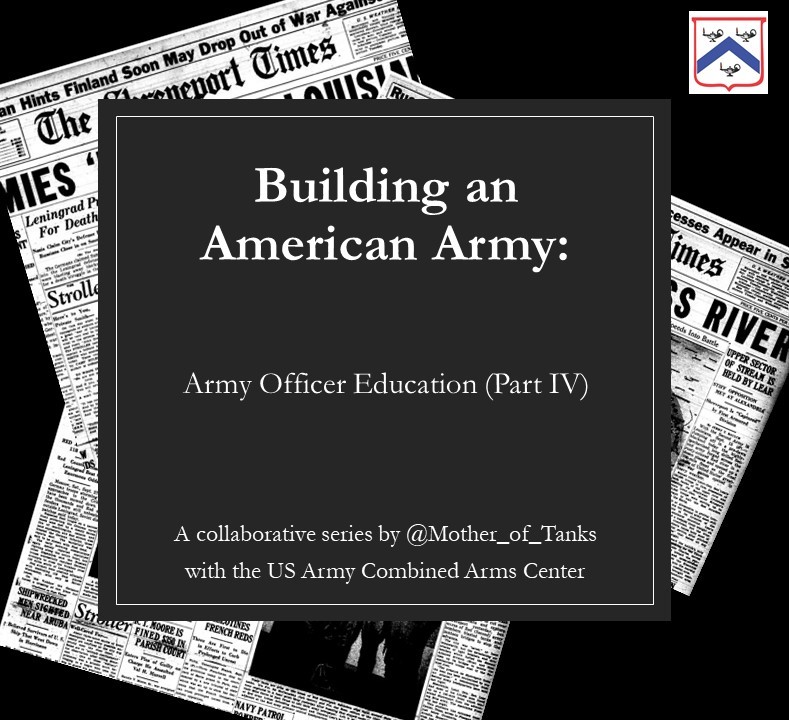
We’ve talked about Officer Education, but what about the backbone of the @USArmy – the Non-Commissioned Officer or NCO. 

Traditionally, NCOs received their training on the job. This was considered the best means of preparing NCOs to be effective NCOs.
In fact, NCO training outside of their units, such as at a school or academy, did not formally happen until after WWII. 

This is partly because the NCO Corps was not considered a “professional organization” like the Officer Corps. The rationale was along the lines of – well, the Officer Corps has a formal professional military education system, and the NCO Corps does not.
Some accounts of WWI note that other NCOs within the Allied forces perceived US Army NCOs as “half trained and unsophisticated.” 👀
Similar to how the Officer Education System at the time couldn't rapidly produce skilled staff officers, there was no streamlined education and training system in place to rapidly bring new NCOs up to speed on their responsibilities.
To help meet the need, the Army recalled over 600 retirees to help train new recruits. There was a shortage of NCOs at the time so retired NCOs were needed to help train the younger ones.
At this time, there were no schools just for training NCOs; it was up to the Officers in each company to make time and provide necessary training to their NCOs. As a result, many of these new NCOs were trained only in the basics of their responsibilities.
This was not going to cut it though. General Pershing demanded that the training of NCOs be given a higher priority than before. “They will be imbibed with the habit of command and will be given schooling and prestige to enable them to replace officers once casualties.” 👀 

The Secretary of War understood this and directed that NCO duties and responsibilities be “thoroughly represented to them, by means of school courses and official interaction with their immediate commanding officer.”
The War Departed issued a directive that instructed a “sufficient number of men be selected, segregated, and especially trained as noncommissioned officers” among the replacement detachments. 



These efforts led to the development of 1100 trained corporals and sergeants being produced every 30 days of training. This was the best of available options at the time to get the desired result – trained and educated NCOs who could better perform their duties. 

Untrained new recruits were selected and put through the program to become NCOs, including corporals, and although these recruits were only slightly more skilled than those soldiers who simply received Basic Training, the improvement was measurable.
A temporary school was even established to facilitate this process, and although much debate continued over the professional education of NCOs, these efforts from WWI would not survive demobilization after the Armistice.
If you're just tuning in or you've missed any of the previous threads, you can find them all saved on this account under ⚡️Moments or with this direct link twitter.com/i/events/13642…
• • •
Missing some Tweet in this thread? You can try to
force a refresh






















